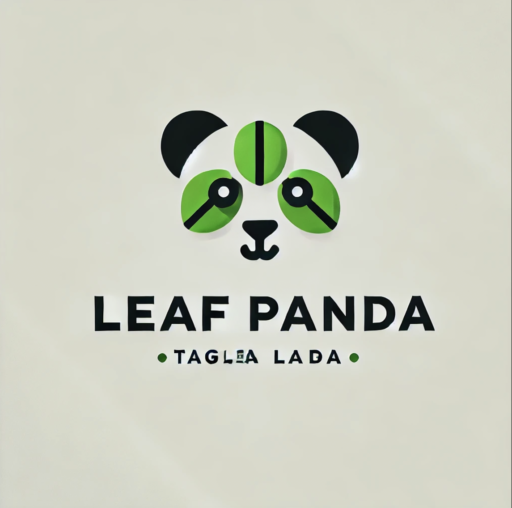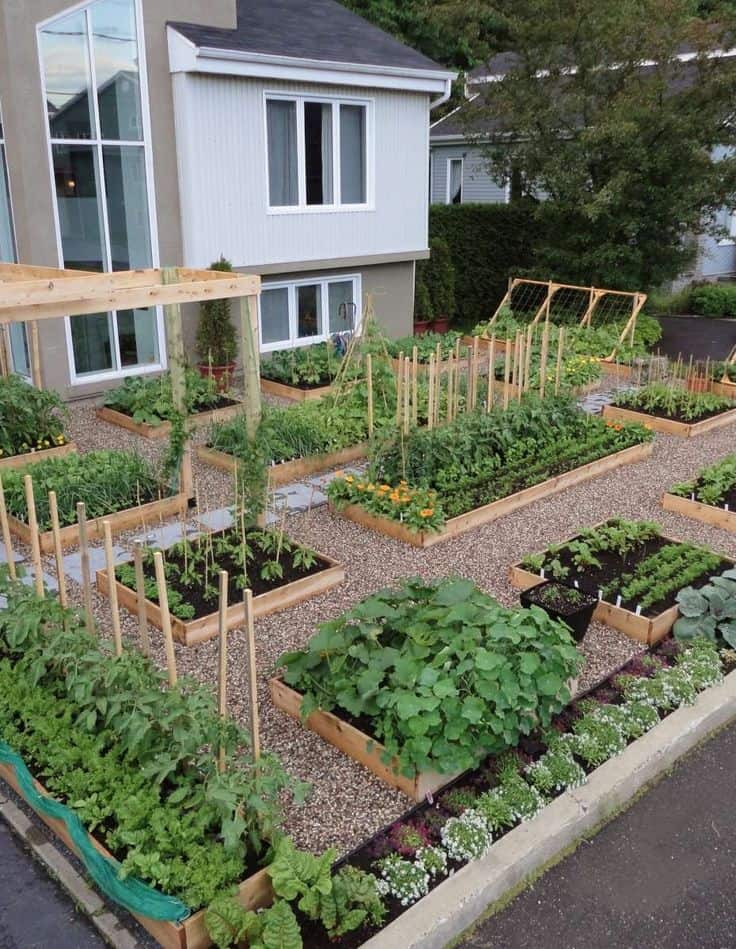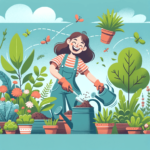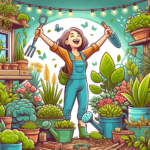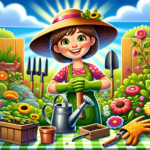5.Extender your season!!
when employing simple materials like a plastic tarp or elaborate a fully-automated greenhouse, various vegetable gardeners are operating around the weather and getting the maximum out of their crops.
Season extenders, which cover plants from cold, include:
Cold Frames are a different solution. actually, for some more common environments, gardening can be a year-round activity because of them. Most cold frames are nothing more than a painted plywood frame onto which you put old storm windows to serve as the glazing panels.
Row covers:
they only cover plants with insulating material and prevents them from freezing. They can be utilized in the spring to encourage start plants sooner or in the fall, to keep them going.
Row covers can be created from plastic sheeting or what’s known as “floating row” cover material. One issue with plastic is that it is impermeable, moisture stays trapped and so no air can get in.
a simple way to get through this is to create or purchase frames, a simple wire arch so you can cover your plants with the plastic sheeting, with air still circulating
Cloches:
private greenhouses for plants. There are like instant-made choices available and appear in paper or plastic form. You can easily make your own using something as simple as a cut-up milk jug.
Hotbeds:
they are the next step up from cold frames. They’re just cold frames with heating cables to keep your soil warm. (in the past, pre-cable gardeners used fresh manure to heat the hotbed.)
Greenhouses:
they are the original extension devices that you can build or purchase your greenhouse from here.
If you fancy using season extenders, you will have to reconsider your planting and harvest calendars because you will be ready to plant earlier and can harvest later.
For instance, fall crops should be commenced in July. be aware that many leafy crops will grow more slowly when started later in the season since the days are getting shorter and sun exposure is less.
